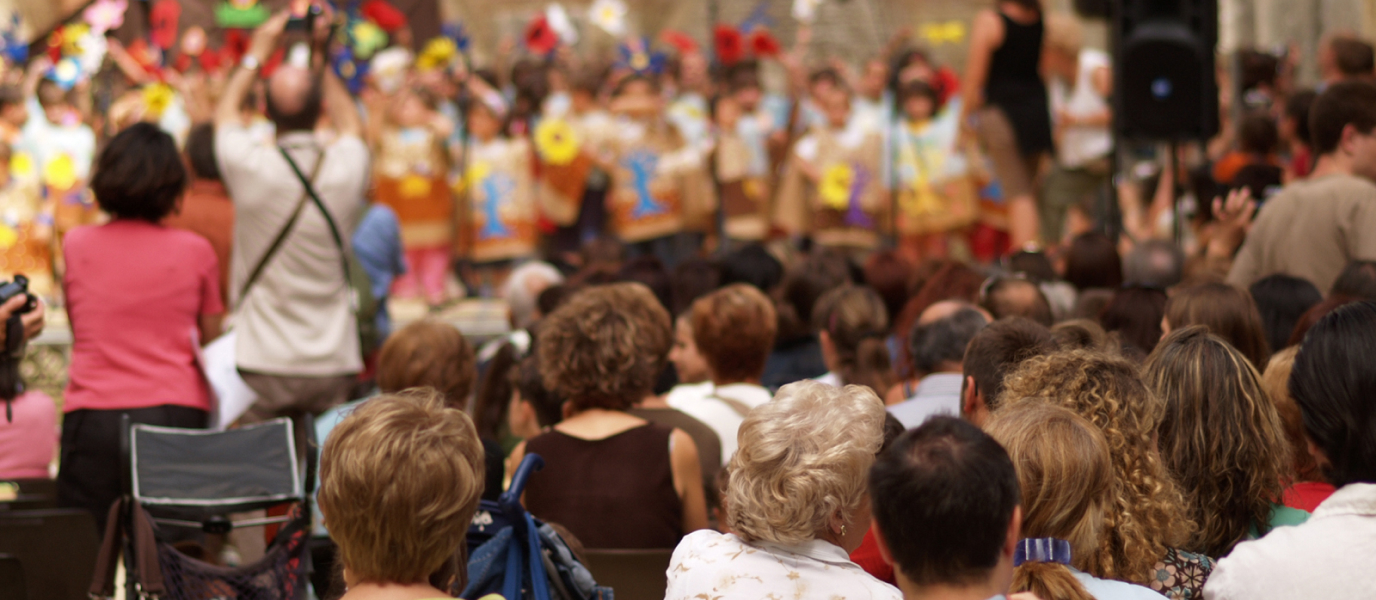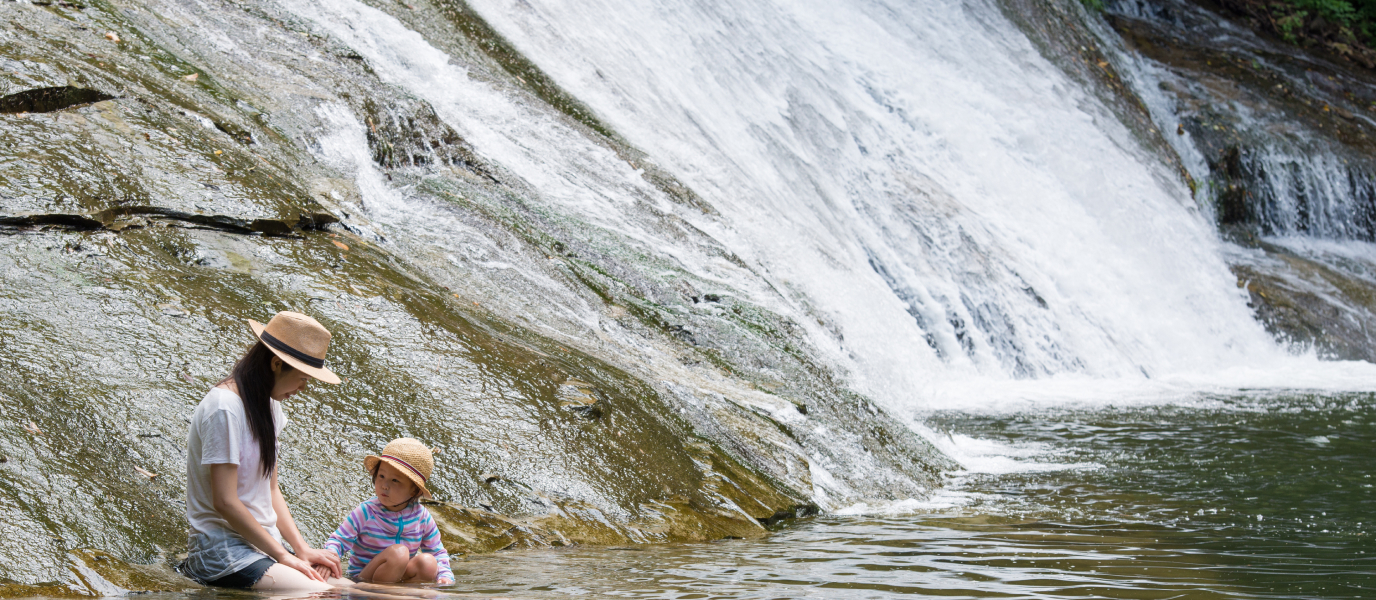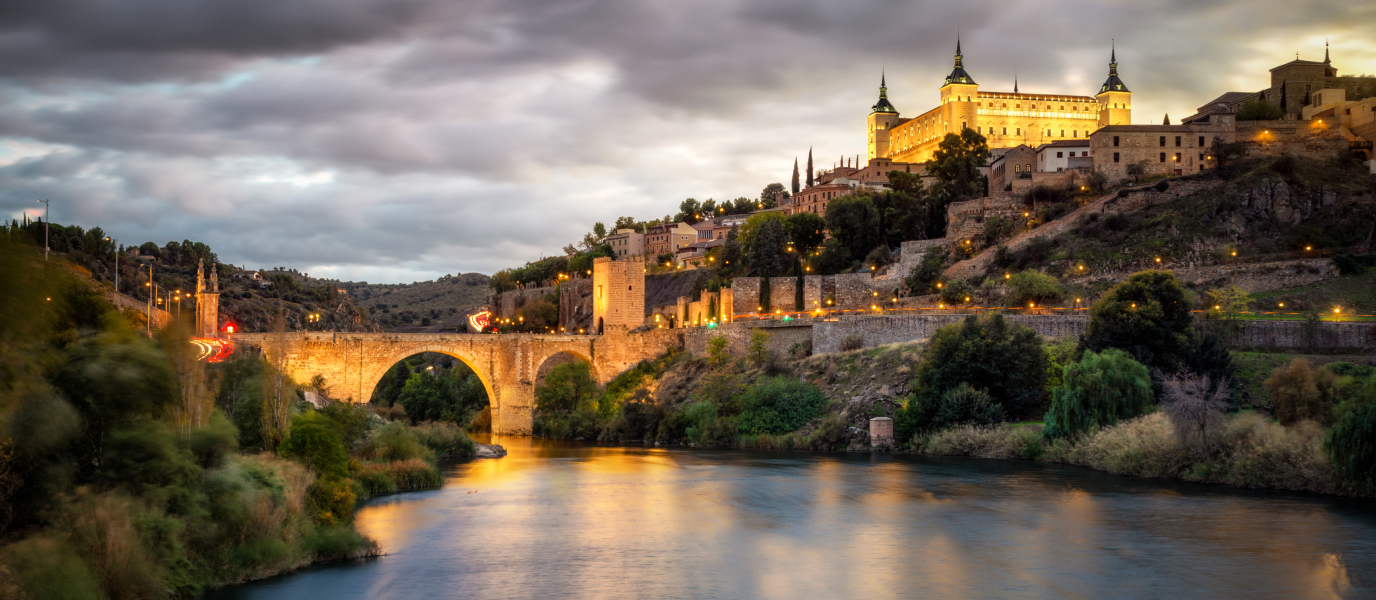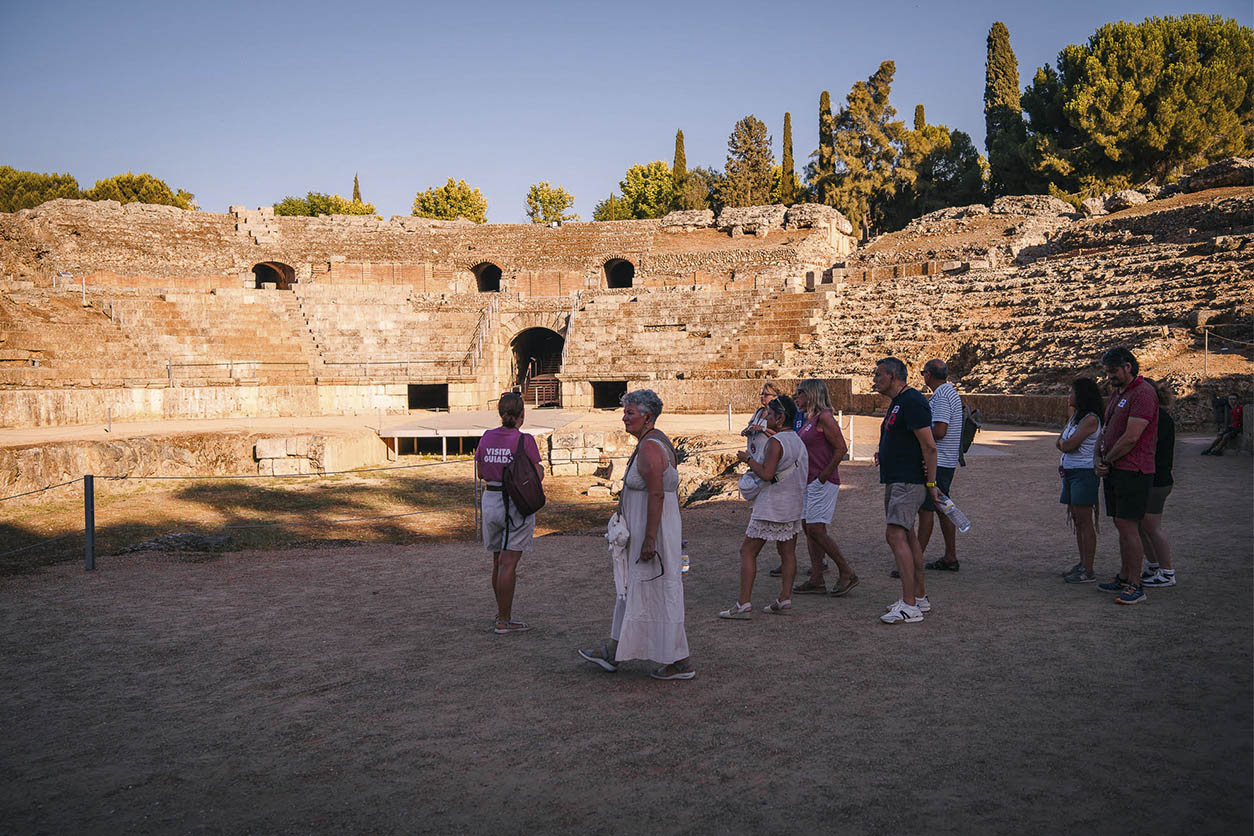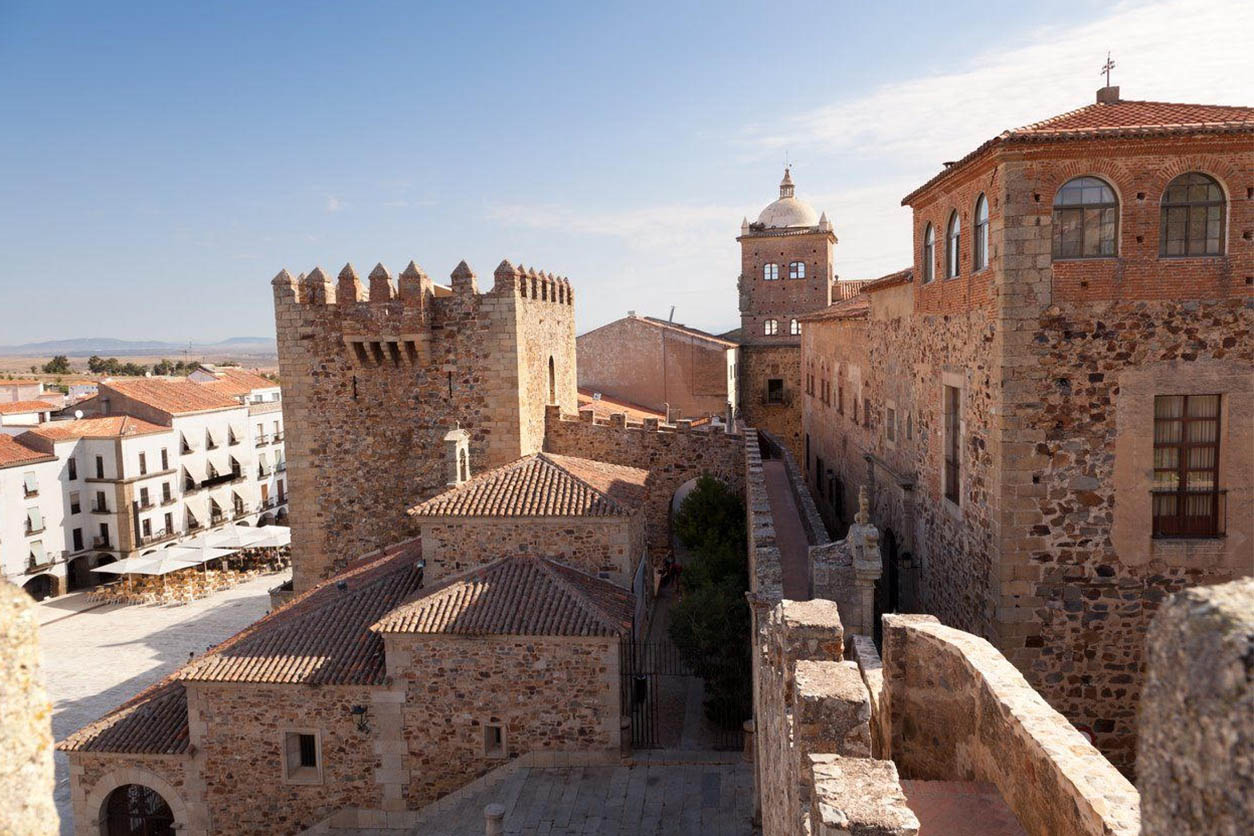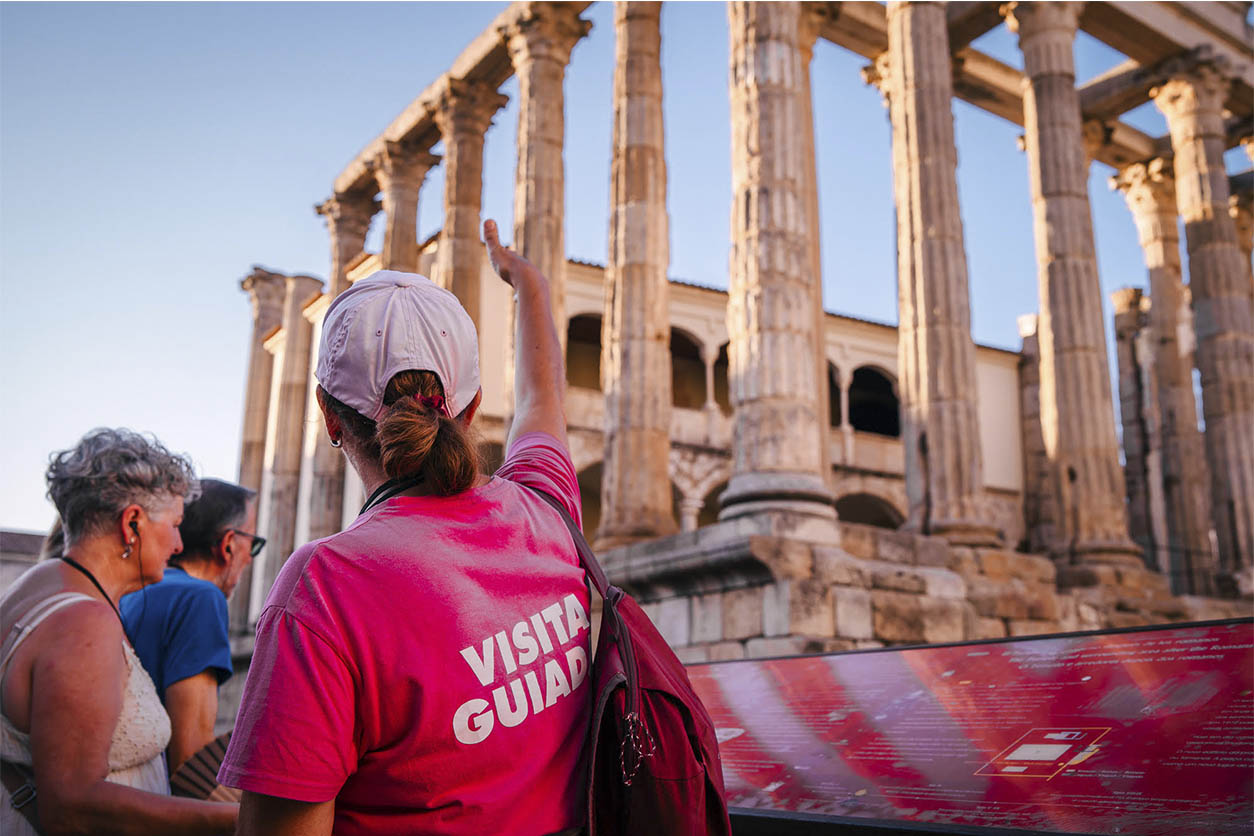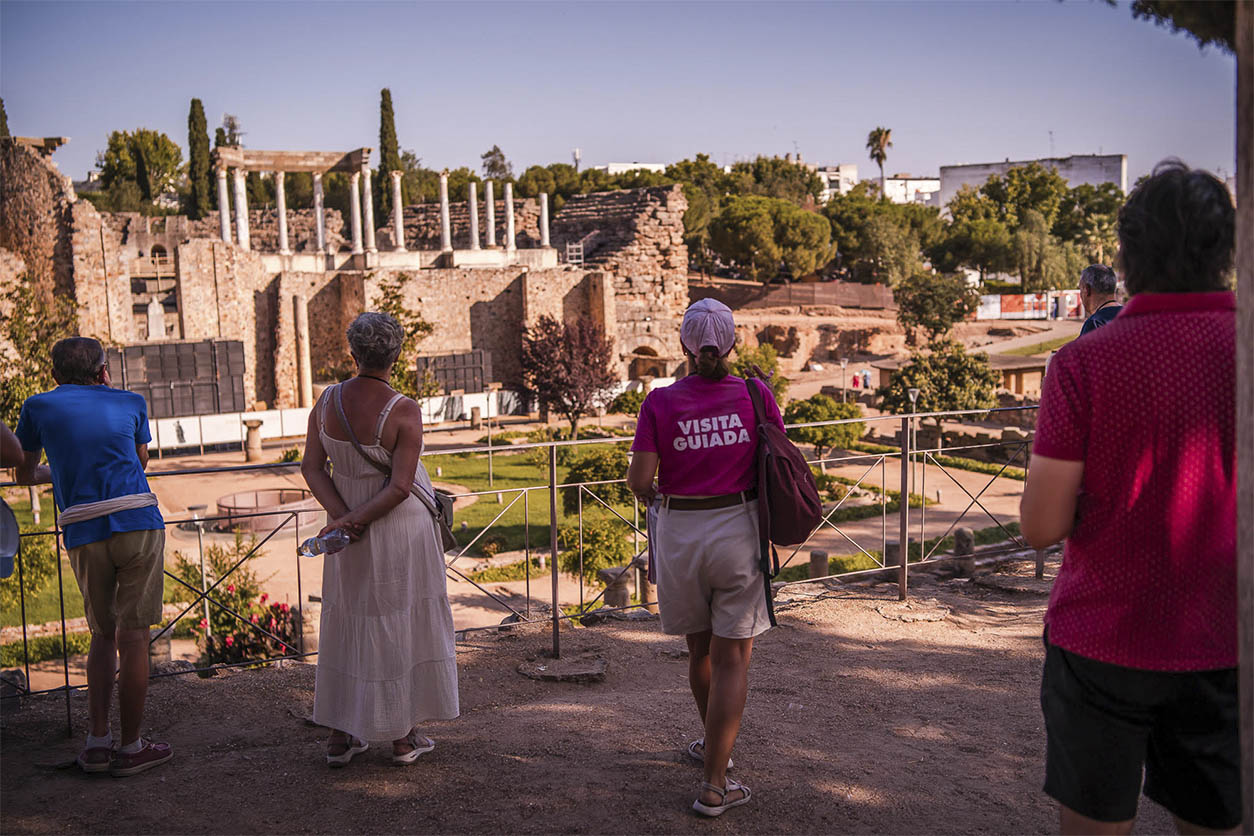Mentioning ‘classical theatre’ in Extremadura brings to mind the great Roman theatre and the festival celebrated in Mérida. However, theatre lovers have known for years that there is another date on the festival calendar that simply cannot be missed: the Festival of Classical Theatre in neighbouring Cáceres.
When does the festival take place?
Every June Cáceres opens its imposing gates to locals and visitors alike and offers them the chance to step into the past by way of the very best works of classical theatre. Without a shadow of a doubt, this leap of imagination is made easier by the locations chosen to stage these plays, each one being a place of artistic and historical importance in the heart of this Medieval city.
For three weeks in June (the exact dates may vary each year) Cáceres offers a programme replete with works of theatre, music and dance. A word of warning, though, it’s not unusual to see ‘Sold Out’ on many of the posters for events that require tickets, so be sure to check when tickets go on sale to make sure you don’t miss out.
A Golden Age festival
The Festival of Classical Theatre in Cáceres (Festival de Teatro Clásico de Cáceres) is the first of many similar festivals held throughout Spain during the months of June, July and August in places such as Olmedo, Almagro, Alcantara, Olite and, of course, the International Festival of Classical Theatre held in Mérida. The festival in Cáceres serves as the staging ground for many new works of theatre, music and dance and gives the public an idea of how successful each act will be throughout the festival season.
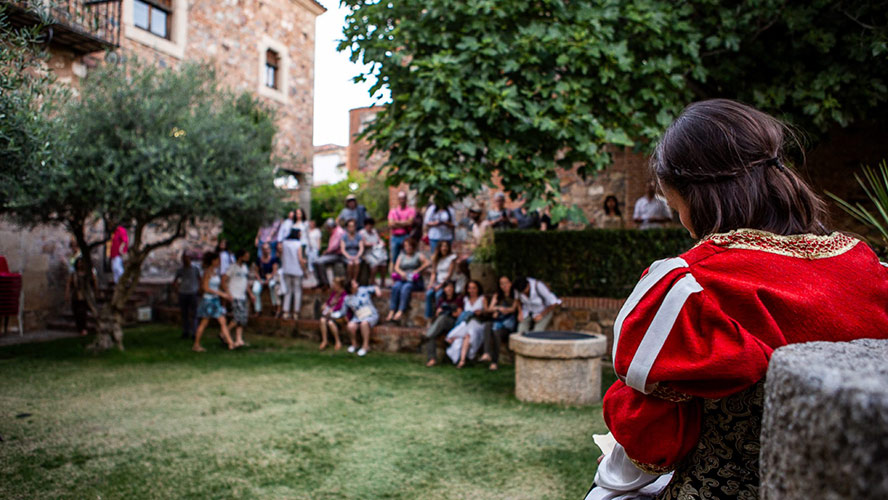
Each of these festivals has its own theme or ‘identity’ but that which has defined Cáceres since its beginning in 1990 has been its specialisation in the theatrical works of the Spanish Golden Age, including the works of Calderón de la Barca, Lope de Vega, Tirso de Molina and Lope de Rueda. That being said, works by the great artists Shakespeare, Dumas and Molière never fail to make an appearance on the festival calendar too.
These plays are performed by the most prominent theatre companies in Spain (such as the Compañía Nacional de Teatro Clásico) as well as more and more international theatre companies every year, not to mention a strong showing of local Extremaduran companies too.
The ‘Stages’ of Cáceres
Aside from the intrinsic value of the plays themselves, where they are staged is an obviously attractive aspect of the festival in Cáceres. Some of the most interesting places in Cáceres’ historic centre, a UNESCO World Heritage Site, are used for these enactments of great works.
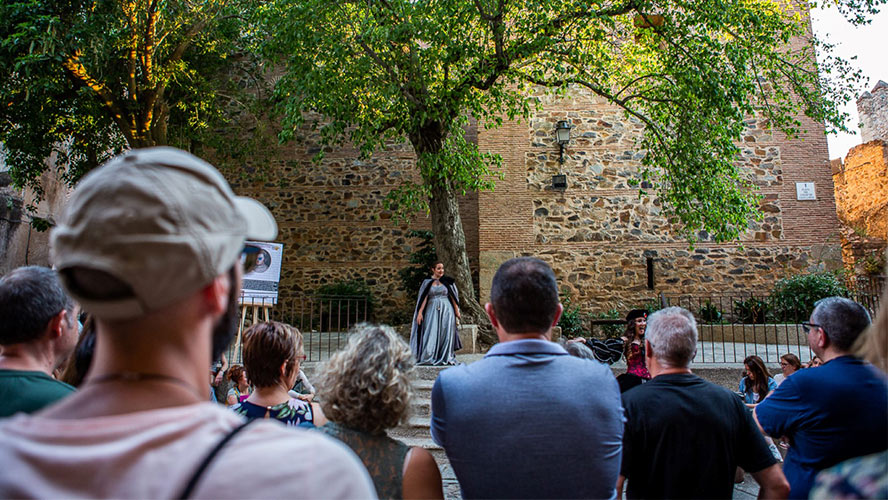
Some of the main stages of the festival are:
- The Great Theatre of Cáceres, in augurated in 1926, this beautiful theatre fell into decline in the middle of the 20th century but opened its doors again in 1992 thanks to the restauration efforts of the Extremaduran Government.
- Plaza de las Veletas, here the famous Casa de las Cigüeñas and the Aljibe Palace are the backdrops to one of the stages of the festival.
- Plaza de San Jorge, dedicated to the patron saint of the city, Saint George, this square is also the stage for the enactments of the so-called ‘Re-conquest’ of the Iberian peninsula by the Christians.
Other stages are set up in Plaza de Santa María, San Francisco Javier Church, the Tatiana Pérez de Guzmán el Bueno Foundation, the Toledo-Moctezuma Palace, Santa María Cathedral, the Corral de las Cigüeñas and Calvo Sotelo Park, all of which are worth visiting even outside the festival season.
Other festival activities
The Festival of Classical Theatre has, as it were, a considerable parallel programme of activities organised by various educational, cultural and artistic institutions. Naturally, there are differences year to year but some of the permanent activities worth taking note of are:
- Each year there is an exhibition related to some aspect of the theatre process, usually held in the Cáceres Museum (Plaza de las Veletas, 1).
- At the ‘Filmoteca de Extremadura’ (Rincón de la Monja, 6) they show a series of films that pay homage to the theatre.
- ‘El laboratorio del Clásico’ is a program run by the Superior School of Dramatic Arts (ESAD) which offers talks, debates and analyses of the major works of theatre on show that year.
- There is also a theatrical tour of the centre of Cáceres that follows a different theme each year based on classical theatre.
- There are also activities dedicated to the little ones in the form of a children’s programme that puts on plays specifically adapted for children.
- And finally, there is an almost endless amount of street activities like street theatre, music and dances, which are all completely free.






































































